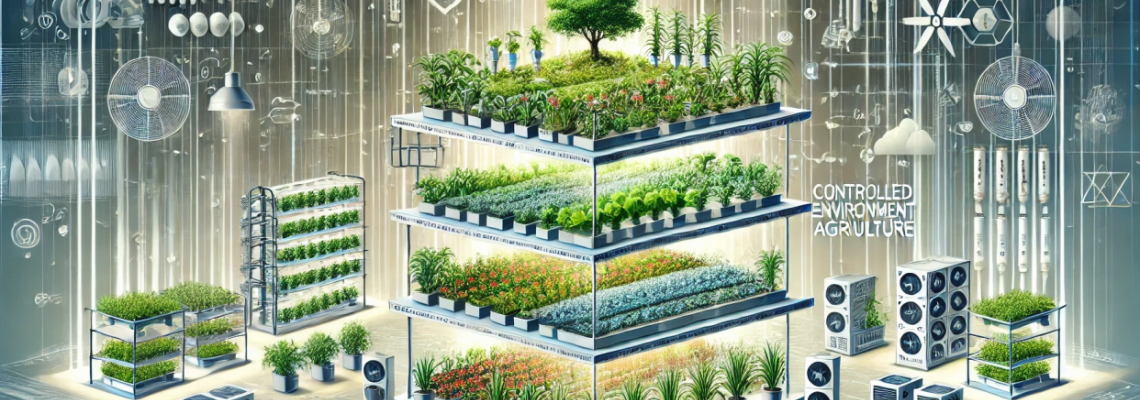
The growing global demand for sustainable food production is driving a major shift in how we grow crops. As cities expand and arable land becomes limited, farmers and agri-tech innovators are increasingly adopting Controlled-Environment Agriculture (CEA), a method that allows complete control over temperature, humidity, light, and nutrients to create the ideal conditions for plant growth.
At the center of this agricultural evolution is LED (Light-Emitting Diode) lighting, a technology that’s transforming indoor farming. LEDs are designed to deliver precise light spectra and intensity while consuming far less energy than traditional lighting systems. Whether used in vertical farms, greenhouses, or advanced plant factories, LEDs offer unparalleled efficiency, durability, and adaptability.
More than just an energy-saving solution, LEDs enable data-driven farming, allowing growers to fine-tune lighting conditions for each crop and growth stage. This leads to faster growth, higher yields, and improved quality, all while reducing environmental impact.
In this blog, we’ll explore how LED lighting is reshaping Controlled-Environment Agriculture, driving innovation in vertical farming, and replacing outdated lighting technologies with smarter, more sustainable alternatives that support the future of global food production.
1. Understanding Controlled-Environment Agriculture (CEA)
Controlled-Environment Agriculture refers to any system where crops are grown under fully or partially managed conditions. This includes hydroponics, aeroponics, and aquaponics setups, as well as high-tech greenhouses and indoor vertical farms.
Unlike traditional open-field farming, CEA allows growers to precisely control light, temperature, humidity, CO₂ levels, and nutrients, eliminating external variables like weather and pests. The result? Year-round production, consistent crop quality, and significantly higher yields per square meter.
However, the success of any CEA system depends heavily on one critical factor light. Plants need the right light spectrum, intensity, and duration to perform photosynthesis effectively, and this is where LEDs have changed the game.
2. The Shift from Traditional Lighting to LEDs
Before LEDs became mainstream, CEA relied on lighting systems like High-Pressure Sodium (HPS) and Metal Halide (MH) lamps. While these lights provided high-intensity illumination, they came with several limitations:
High energy consumption and heat output.
Shorter lifespan and frequent replacements.
Limited spectrum control is often unsuitable for specific plant stages.
Poor integration with automated control systems.
LEDs, on the other hand, address all of these issues and more. Their ability to provide customizable light spectrums, operate at low heat, and integrate with IoT-based automation makes them the perfect match for modern CEA setups.
3. How LEDs Enhance Vertical Farming Systems
Vertical farming is one of the most promising applications of CEA. In these multi-tiered indoor farms, crops are stacked in layers, maximizing space and efficiency. However, lighting distribution in such setups is a challenge traditional lamps emit light in all directions, wasting energy and producing uneven illumination.
LEDs solve this problem through directional design. They emit focused light directly onto the plants, ensuring uniform light distribution across every layer. This eliminates hotspots, reduces energy waste, and creates consistent growth conditions.
Other advantages of LEDs in vertical farming include:

Leave a Comment